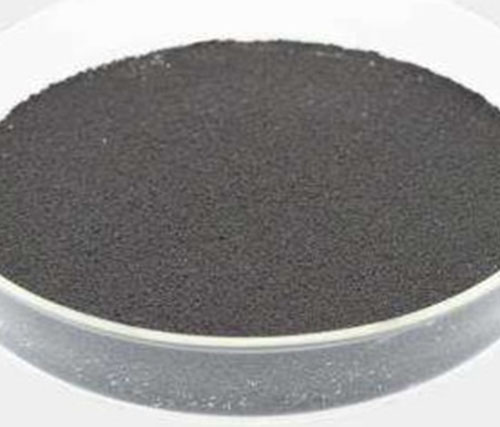Sales service hotline:
+86 0419-7236333
Office: +86 0419-7674777
Fax: +86 0419-7577518
Postcode: 111000
Email: lnsyjszp@163.com
Mobile: +86 15941996888 (Wechat synchronization)
Address: No. 16-3, Heiniuzhuang Zhenxing Street, Shoushan Town, Liaoyang County, Liaoyang City, Liaoning Province
Website: www.lnsyjszp.com
Website: en.lnsyjszp.com
Powder metallurgy is a process for preparing metal powders or using metal powders (or a mixture of metal powders and non-metal powders) as raw materials, forming and sintering, and manufacturing metal materials, composite materials, and various types of products. The powder metallurgy method is similar to the production of ceramics. Iron powder for water atomization electrodes is a powder sintering technology. Therefore, a series of new powder metallurgy technologies can also be used for the preparation of ceramic materials.
Powder metallurgy includes milling and products. The milling is mainly a metallurgical process, which is literally consistent. And powder metallurgy products often go far beyond materials and metallurgy, and often cross-disciplinary (materials and metallurgy, machinery and mechanics, etc.) technology. In particular, modern metal powder 3D printing integrates mechanical engineering, CAD, reverse engineering technology, layered manufacturing technology, numerical control technology, materials science, and laser technology, making powder metallurgy product technology a modern comprehensive technology that spans more disciplines.
2. Powder metallurgy applications
At present, powder metallurgy technology has been widely used in transportation, machinery, electronics, aerospace, weapons, biology, new energy, information and nuclear industries, and has become one of the dynamic branches of new materials science. Powder metallurgy technology has a series of advantages such as significant energy saving, material saving, excellent performance, high product accuracy and good stability, which is very suitable for mass production. In addition, some materials and complex parts that cannot be prepared by traditional casting methods and machining methods can also be manufactured by powder metallurgy technology, so they have attracted much attention from the industry.
In the broad sense, the powder metallurgy industry includes iron tools, cemented carbide, magnetic materials, and powder metallurgy products. The powder metallurgy products industry in the narrow sense only refers to powder metallurgy products, including powder metallurgy parts (accounting for the vast majority), oil-containing bearings and metal injection molded products.
3. Characteristics of powder metallurgy
(1) The powder metallurgy process is performed at a temperature lower than the melting point of the base metal. Therefore, it is possible to obtain heterogeneous heterogeneous special functional composite materials such as metals, metals and ceramics, metals and plastics with widely differing melting points and densities. product.
(2) Improve material properties. Fine metal or alloy powder prepared by a special method has extremely fast solidification speed and fine and uniform crystal grains, which ensures the uniform structure of the material, stable performance, and good cold and hot processing performance, and the powder particles are not affected by alloy elements and content. Restrictions can increase the content of the strengthening phase, thereby developing new material systems.
(3) Utilizing various forming processes, powder raw materials can be directly formed into blanks or net-shaped parts with little or no margin, greatly reducing the amount of machining. Improve material utilization and reduce costs.
4. Powder metallurgy process

5. Chemical composition and properties of the powderAggregates of discrete particles smaller than 1mm are commonly called powders and are generally measured in microns (nm) or nanometers (nm).6. Chemical composition of powderCommonly used metal powder such as iron, copper, aluminum and its alloy powder, the impurity and gas content should not exceed 1% ~ 2%, otherwise the quality of products will be affected.7. Physical properties of the powder1, the size and size distributionThe smallest solid that can be separated and exist independently of the powder is a single particle.The actual powder tends to be agglomerated particles, secondary particles.FIG. 7.1.1 depicts the aggregation of several primary particles into secondary particles.The percentage of different sizes in the actual particle size is the particle size distribution.Japanese particle shapeThat is, the appearance geometry of the powder particles.The common ones are spheroid, columnar, needle-like, plate-like and flaky, which can be determined by microscopic observation.Specific surface areaThat is, the total surface area of the powder per unit mass can be measured in practice.The specific surface area affects the surface energy, adsorption and condensation of the powder.